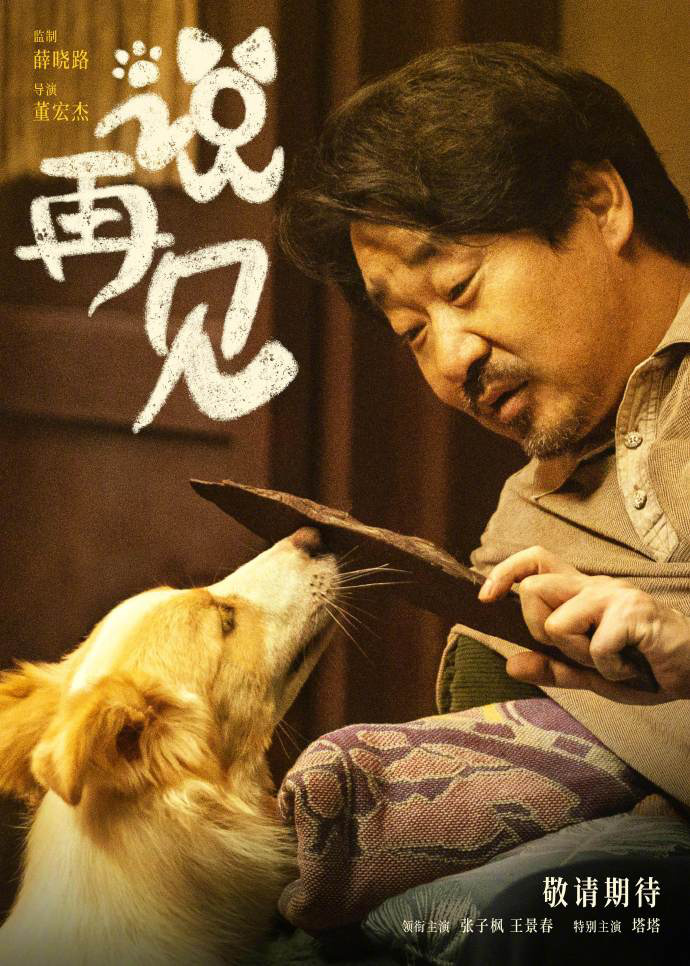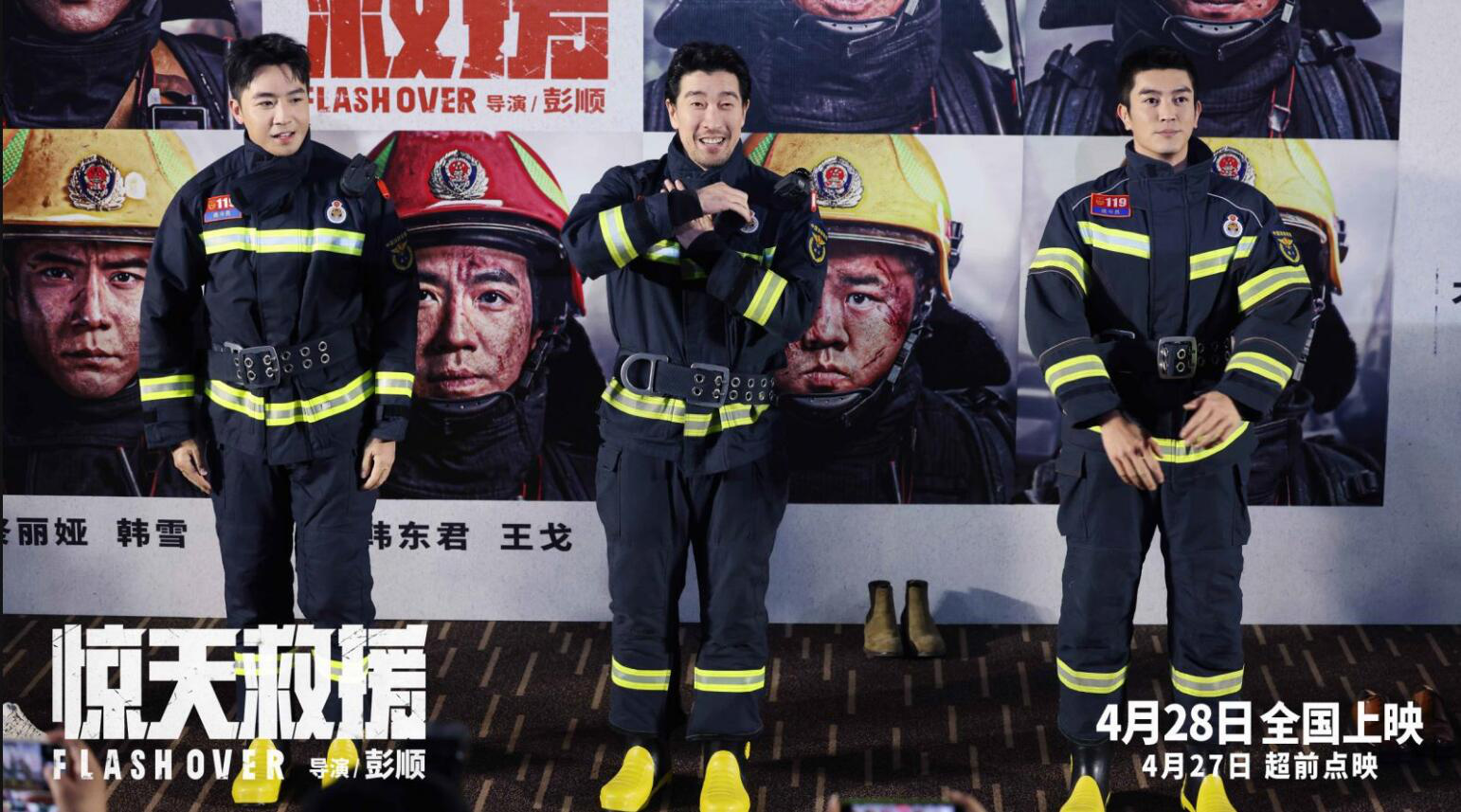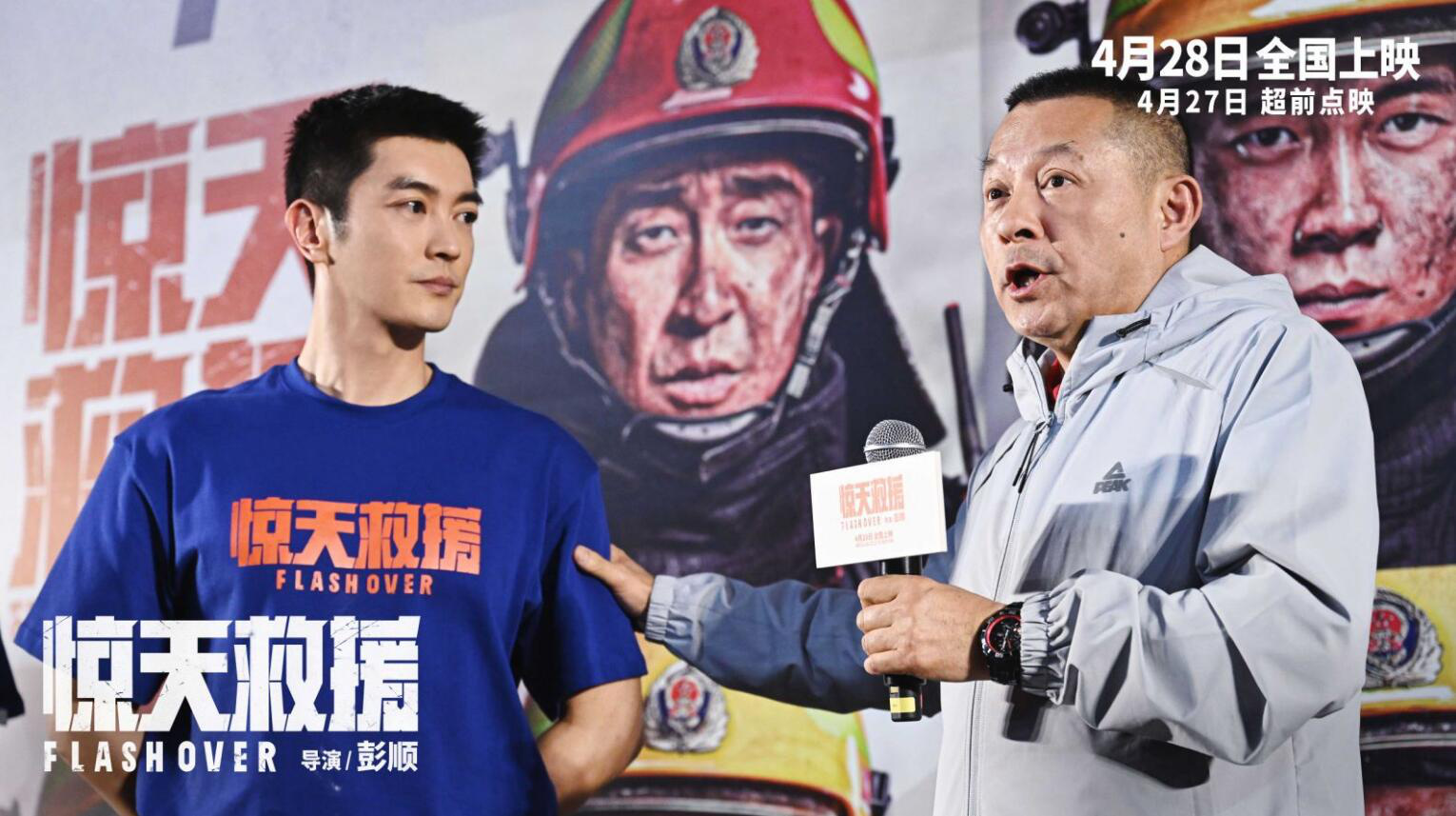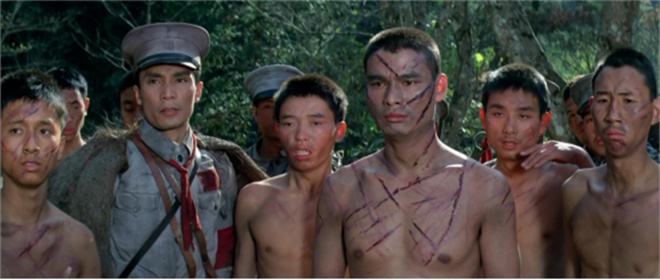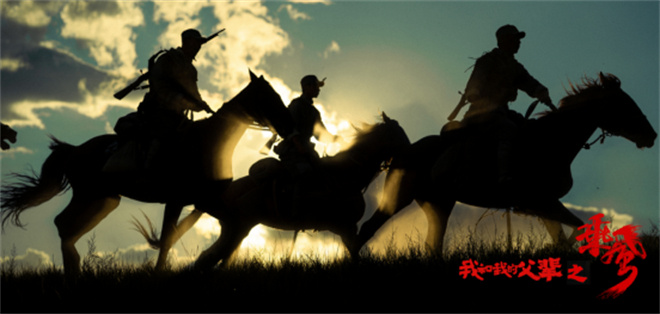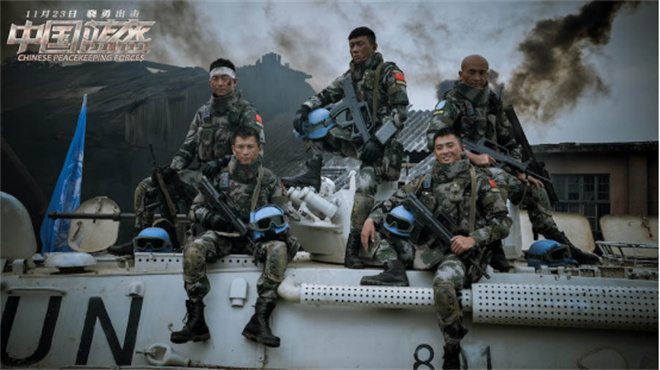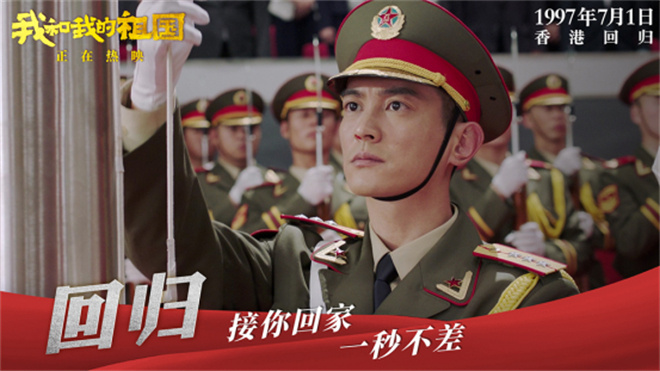Promoting rural revitalization through reform and innovation.
The Central Rural Work Conference was held in Beijing from December 28th to 29th. The meeting put forward the road of rural revitalization in Socialism with Chinese characteristics for the first time, and clearly defined the timetable and road map of rural revitalization strategy. The meeting made it clear that by 2020, important progress will be made in rural revitalization, and the institutional framework and policy system will basically take shape; By 2035, decisive progress will be made in rural revitalization and agricultural and rural modernization will be basically realized; By 2050, the countryside will be fully revitalized, and strong agriculture, rural beauty and farmers’ wealth will be fully realized.
The 19th National Congress of the Communist Party of China clearly put forward the strategy of rural revitalization for the first time. This is the general strategy to promote China’s agricultural and rural modernization in the future, and it is also the general starting point for China’s "three rural" work in the future. To truly revitalize the countryside, we must use the idea of reform and innovation to remove all kinds of obstacles that hinder the development of agriculture and rural areas, stimulate the potential of various rural elements and the vitality of various subjects, and continuously inject new kinetic energy into the development of agriculture and rural areas.
First, closely focus on the fundamental goal of simultaneous modernization of agriculture and rural areas
Since the beginning of the new century, how to build a well-off society in an all-round way has become a top priority for China’s economic and social development. The 16th, 17th and 18th National Congress of the Communist Party of China are all based on the strategic goal of building a well-off society in an all-round way in 2020, and put forward requirements and arrangements for the work concerning agriculture, countryside and farmers. The 16th National Congress of the Communist Party of China clearly pointed out that it is an important task for building a well-off society in an all-round way to coordinate urban and rural economic and social development, build modern agriculture, develop rural economy and increase farmers’ income. The 17th National Congress of the Communist Party of China emphasized that it is necessary to strengthen the basic position of agriculture, take the road of agricultural modernization with China characteristics, establish a long-term mechanism to promote agriculture through industry and bring rural areas through cities, and form a new pattern of integration of urban and rural economic and social development. The 18th National Congress of the Communist Party of China once again stressed that the integration of urban and rural development is the fundamental way to solve the problems concerning agriculture, rural areas and farmers. It is necessary to intensify the overall planning of urban and rural development, enhance the vitality of rural development, gradually narrow the gap between urban and rural areas, and promote the common prosperity of urban and rural areas. Under the correct leadership of the CPC Central Committee, in the process of building a well-off society in an all-round way in the past decade or so, China’s agricultural and rural development has made historic achievements and undergone historic changes.
While affirming the achievements, we should also be soberly aware that the dual structure of urban and rural areas is obviously still the biggest structural problem in China at present, and the lagging development of agriculture and rural areas is the most prominent manifestation of insufficient development imbalance in China. From the perspective of income and consumption, although the income and consumption expenditure of rural residents have increased faster than that of urban residents in recent years, in 2016, the per capita income and consumption expenditure of urban residents in China were still as high as 2.72 times and 2.28 times that of rural residents, respectively, and the penetration rate gap of household cars, air conditioners, computers and other durable consumer goods between urban and rural residents is still very large. From the perspective of overall labor productivity, in 2016, non-agricultural industries reached 121,300 yuan per capita, while agriculture was only 29,600 yuan, the former was 4.09 times that of the latter. From the perspective of infrastructure, in 2016, 46.2% of rural households in the country used ordinary dry toilets, and even 2% of households did not have toilets; 26.1% of village domestic garbage and 82.6% of village domestic sewage have not been treated centrally or partially; 38.1% of the main roads in the village have no street lamps. From the perspective of basic public services, in 2016, 67.7% of the villages did not have kindergartens or nurseries; 18.1% of villages have no clinics, and 45.1% of villages have no licensed (assistant) doctors. From the perspective of social security, the current rural minimum living security, new rural insurance and new rural cooperative medical insurance standards are also significantly lower than those of urban residents and urban workers. This is only the gap in quantity. If we look at the quality, the gap between urban and rural areas will be even greater.
According to the deployment of the 19th National Congress of the Communist Party of China, China will basically realize socialist modernization in 2035, which is 15 years ahead of the previous deployment. In 2050, China will be built into a prosperous, strong, democratic, civilized, harmonious and beautiful socialist modernization power, which is higher than the goal described before. Although new changes and progress will take place in the process of building a well-off society in an all-round way in the next three years, the dual structure of urban and rural areas in China will still be quite prominent when the goal of building a well-off society in an all-round way is achieved in 2020. From this starting point, China will enter a new journey of building socialist modernization in an all-round way. How to keep up with the pace of national modernization in agricultural and rural development is a major challenge before us. If the key to a well-off society depends on fellow villagers, then it can also be said that the key to modernization is agriculture and rural areas. The fundamental starting point of implementing the rural revitalization strategy is to keep the modernization of agriculture and rural areas in sync with the modernization of the whole country.
Second, firmly grasp the two principles of priority development and integrated development
Under the background of the obvious dual structure of urban and rural areas, in order to promote the synchronization of agricultural and rural modernization and national modernization, we must deepen our understanding of the important assertion that "the problem of farmers in agricultural and rural areas is a fundamental problem related to the national economy and people’s livelihood" and truly "always solve ‘ Agriculture, countryside and farmers ’ The issue is the top priority of the whole party’s work. " In particular, it is necessary to implement the new development concept and adhere to the priority development of agriculture and rural areas and the integration of urban and rural development.
Adhering to the priority development of agriculture and rural areas means giving full play to the role of the tangible hand of the government and making efforts to make up for the shortcomings of national modernization. The focus is on two aspects: first, promote the priority allocation of public resources to agriculture and rural areas. This is an urgent need to eliminate the stock gap of basic public services between urban and rural areas, and it is also an inevitable requirement to prevent the incremental gap of basic public services between urban and rural areas. After years of hard work, the "four beams and eight pillars" of the rural basic public service system have been set up, realizing a historic change from "nothing" to "something". At present, the main problem is that the gap between urban and rural areas in the field of public services is still too large, and the level of protection of rural public services is too low. We should take "having" as the main direction, continue to promote the integrated development of urban and rural compulsory education, focus on improving the quality and convenience of rural compulsory education, improve the basic old-age insurance system for urban and rural residents, focus on increasing farmers’ basic pension, improve the unified basic medical insurance system and serious illness insurance system for urban and rural residents, focus on increasing the proportion of farmers’ reimbursement, coordinate the urban and rural social assistance system, and focus on improving the standard and coverage of rural minimum living security. Increase investment in rural roads, water supply, power supply, communications and other infrastructure, and accelerate the construction of rural domestic garbage and sewage treatment capacity. The second is to improve the effectiveness of agricultural support and protection policies. In recent two years, the state has begun to adjust and improve agricultural support and protection policies.Such as the implementation of cotton target price subsidy pilot, the implementation of corn "market acquisition+producer subsidies", and the promotion of agricultural "three subsidies" system reform. In the future, China’s agricultural support and protection policy should continue to increase, and the key is to adjust the focus of the policy. We should highlight the direction of competitiveness, increase investment in farmland water conservancy, land consolidation, agricultural science and technology, and professional farmers’ training, so as to promote agricultural cost reduction and efficiency improvement. We should also highlight the direction of green ecology, increase investment in returning farmland to forests, returning farmland to wet areas and beaches, water-saving irrigation, farmland fertility protection, reduction of fertilizers and pesticides, recovery of agricultural wastes, over-exploitation of groundwater and treatment of areas polluted by heavy metals, so as to promote the sustainable development of agriculture.
Adhering to the integrated development of urban and rural areas means giving play to the role of the invisible hand of the market and making great efforts to promote the quality change, efficiency change and power change of agricultural and rural development. China’s agriculture and rural areas have changed from a high-speed growth stage to a high-quality development stage. To achieve high-quality development requires the rationalization of urban and rural resource allocation and the integration of urban and rural industrial development. In the future, solving the problems concerning agriculture, rural areas and farmers will depend on the strength of towns, and solving the problems of cities will also depend on the strength of villages. Cities and villages should be harmonious, interactive and interdependent. First, rural areas should respond sensitively to the new needs of cities and towns. The demand of urban residents for agricultural products has been well met, but the demand for agricultural products quality has not been well met; Rural areas are required to provide not only sufficient and safe material products, but also ecological products such as clean air, clean water, quiet rural scenery, and spiritual products such as farming culture and homesickness. To catch these new demands, we should accelerate the transformation of agricultural development from increasing production to improving quality, and vigorously develop new industries and formats such as rural leisure tourism and old-age care. Second, cities and towns should respond sensitively to the new needs of rural areas. To develop resource-saving and environment-friendly agriculture, new fertilizers and low-toxicity and high-efficiency pesticides are urgently needed; To promote "machine substitution" in the agricultural field and improve agricultural labor productivity, agricultural machinery with high cost performance is urgently needed, especially small agricultural machinery suitable for hilly and mountainous areas and cash crop production; Improve the rural living environment, improve the quality of life of farmers,There is an urgent need for new building decoration materials, solid and durable garbage and sewage treatment equipment, economical and applicable kitchen and bathroom and other household necessities. To catch these new demands, we should speed up the adjustment of the technical structure and product structure of industrial departments and improve the pertinence and efficiency of "industrial products going to the countryside".
Third, earnestly grasp the three keys of "people, land and money"
The implementation of rural revitalization strategy is a systematic project, which requires scientific planning and comprehensive promotion of various revitalization measures in accordance with the general requirements of "prosperous industry, ecologically livable, civilized rural customs, effective governance and affluent life". The core is to grasp the three keys of "people, land and money":
(a) to promote the decline in the proportion of rural population and structural optimization. In 2016, the proportion of rural population in China is still as high as 42.65%, and the proportion of employment in the primary industry is also as high as 27.7%. A considerable part of the urban resident population from rural areas has not been fully integrated into the towns where they are employed and live. Generally speaking, China is still in the development stage of "to be rich, farmers must be reduced". We must unswervingly promote the new urbanization with people as the core and continue to promote the rural population to enter cities and the transfer of agricultural labor force. At the same time, we should also note that the rural population entering the city and the transfer of agricultural labor force in China are characterized by "elite immigrants", and the population entering the city and the transferred labor force are obviously superior to those staying in the countryside in terms of age, education level and gender ratio. To realize rural revitalization, we must pay attention to optimizing the rural population structure and improving the quality of rural human capital while promoting the decline of the proportion of rural population. It is necessary to optimize the structure of agricultural practitioners and speed up the training of modern young farmers, leaders of new agricultural business entities and agricultural professional managers. We should not only pay attention to discovering and cultivating new professional farmers from those who are still in rural areas, but also pay attention to guiding some willing migrant workers to return home, college students who have come out of rural areas to return home, and all kinds of talents who have grown up in cities to the countryside, and introduce modern science and technology, production methods and business models into agriculture and rural areas. Speed up the training of a "three rural" work team that understands agriculture, loves the countryside and loves farmers.Comprehensively improve the ability and level of national civil servants, scientific and technological personnel, teachers and doctors in rural areas.
(2) Accelerate the establishment of a land security mechanism for rural revitalization. Deepening the reform of rural land system is an urgent need to promote the construction of modern agriculture and develop new industries and formats in rural areas. First, we should improve the method of "separation of powers" in rural land with the goal of agricultural modernization. With the changes in the employment structure, income structure and even residence of contractors, the gradual withdrawal of the "first generation of farmers", the reluctance of Nong Erdai to farm, and the improvement of the social security system in urban and rural areas, the livelihood guarantee function of contracted land is declining, and the function of production factors is highlighted. Therefore, we should adjust and improve the empowerment of collective ownership, farmers’ contracting rights and land management rights to prevent land abandonment and excessive increase in land rent. Second, we should improve the management policy of agricultural facilities land. More flexible and relaxed management policies should be implemented for facilities such as cold chain, primary processing, leisure picking and storage of agricultural products, and supporting land such as parking lots, toilets and restaurants. Third, we should optimize the layout of urban and rural construction land. Effectively implement the existing policy of "determining a certain proportion of the annual new construction land plan indicators to support new rural industries and new formats". Prudently improve the operation methods of linking the increase and decrease of urban and rural construction land and balancing the occupation and compensation of cultivated land, leave land space for rural revitalization, and do not rush to relocate rural construction land to cities or underdeveloped areas to developed areas. Fourth, we should explore effective ways to revitalize rural idle homesteads. On the premise of not buying and selling rural homesteads,Actively explore specific ways to effectively use rural idle homesteads. For example, rural collective economic organizations can save construction land such as village renovation and homestead consolidation, and develop rural leisure tourism and pension industries and rural three-industry integration projects by means of shareholding and joint venture. For another example, rural collective economic organizations can make full use of idle farmhouses and homesteads through leasing and cooperation.
(3) Establish and improve the institutional mechanisms conducive to the flow of all kinds of funds to agriculture and rural areas. Whether it is to achieve "industrial prosperity" or "ecological livability", it needs a lot of capital investment. We should raise funds for rural revitalization from various channels such as finance, finance and social capital. First, we must reform the financial input mechanism for supporting agriculture. On the one hand, we must persist in taking agriculture and rural areas as the priority areas of fiscal expenditure and ensure a moderate increase in investment in agriculture and rural areas; On the other hand, we should focus on innovating the way of use and improving the efficiency of supporting agriculture. Do a good job in two articles: "integration" and "incitement". "Integration" means giving full play to the leading role of planning, bundling all kinds of agriculture-related funds as much as possible to form a joint force. "Inciting" means giving full play to the leverage of financial funds and guiding financial and social capital to invest more in agriculture and rural areas by means of awards, interest subsidies and guarantees. Second, we must accelerate rural financial innovation. A considerable part of rural deposits can not be converted into investment in rural areas, and it is an urgent practical problem to flow to cities through the siphon effect of financial institutions. It is necessary to take a two-pronged approach from "building mechanisms" and "building institutions". "Building a mechanism" is to implement the incremental incentive policy for agricultural loans.We will implement differentiated supervision and assessment methods for financial institutions that have reached a certain proportion of agriculture-related businesses, appropriately decentralize the business examination and approval authority of county branches, and solve the problem of insufficient enthusiasm for putting in loans for agriculture, rural areas and farmers. "Building institutions" is to optimize the establishment mode of rural banks, improve the coverage of counties and cities, carry out internal credit cooperation of farmers’ cooperatives, support existing large financial institutions to increase county outlets, and solve the problem of insufficient market participants in lending to agriculture, rural areas and farmers. Third, we should encourage and guide social capital to participate in rural revitalization. Encourage social capital to develop modern breeding, agricultural service, agricultural product processing, leisure tourism and pension industries suitable for enterprise management in rural areas. Innovate the interest linkage mechanism and guide social capital to drive farmers instead of replacing them. Strengthen the protection of property rights and stabilize investors’ expectations. (Ye Xingqing is the Minister and Researcher of Rural Economic Research Department of the State Council Development Research Center)
